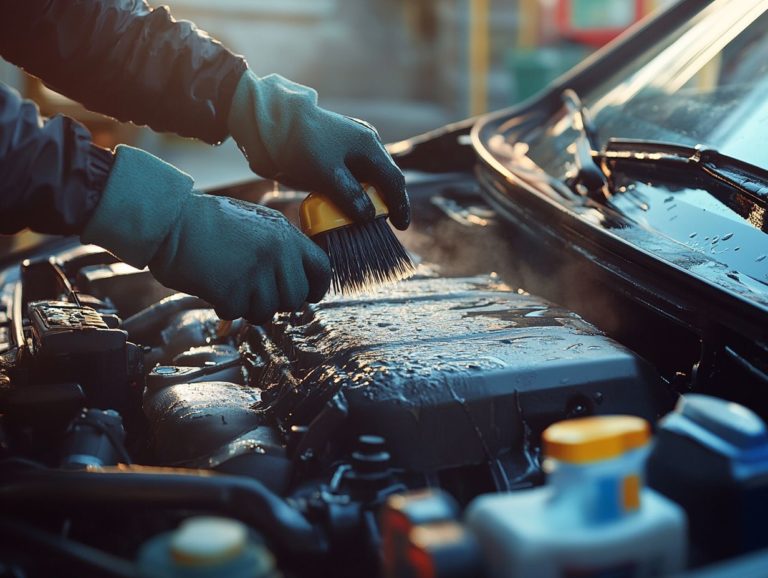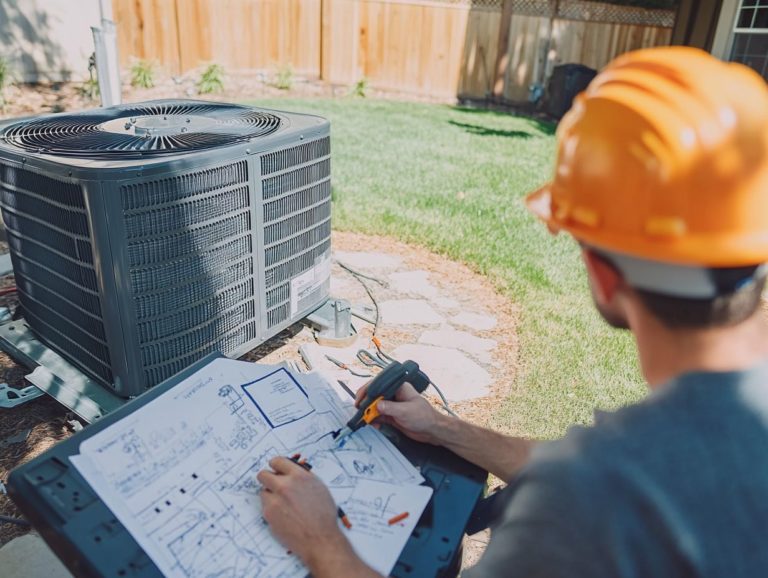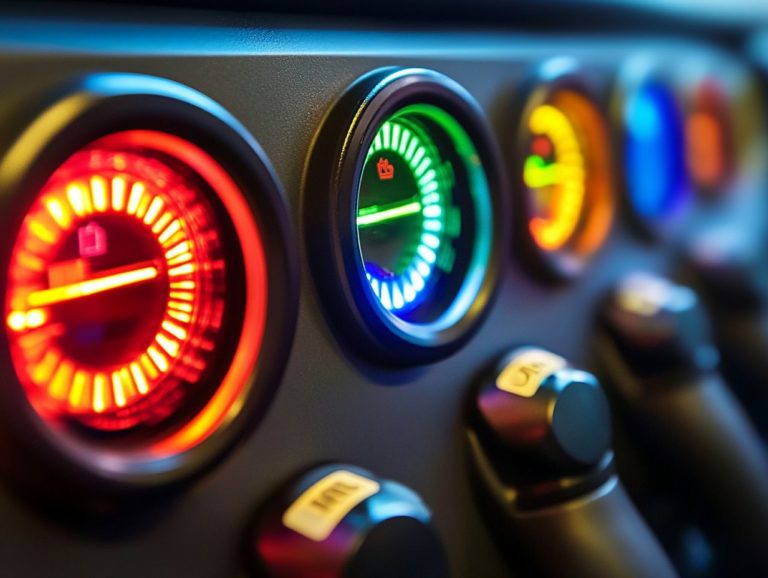How to Inspect Your Car for Seasonal Changes
As the seasons change, your vehicle’s needs evolve as well. From the sweltering heat of summer to the icy grip of winter, your car encounters distinct challenges throughout the year.
This guide highlights the significance of seasonal inspections and what to focus on during each check-up. You ll uncover essential tools, learn how to assess both the exterior and interior, and receive tips to keep your car operating seamlessly.
By staying proactive about potential issues, you can ensure your vehicle is prepared to handle whatever weather conditions come your way.
Contents
- Key Takeaways:
- Why Seasonal Inspections are Important
- Preparing for Seasonal Inspections
- Exterior Inspection
- Interior Inspection
- Under the Hood Inspection
- Common Issues and How to Address Them
- Regular Maintenance for Seasonal Changes
- Frequently Asked Questions
- How do seasonal changes affect my car’s performance?
- What key areas should I check on my car for seasonal changes?
- How often should I inspect my car for seasonal changes?
- What steps should I take to prepare my car for winter?
- Can I inspect my car for seasonal changes myself?
- What are some signs that my car may need a seasonal maintenance check?
Key Takeaways:
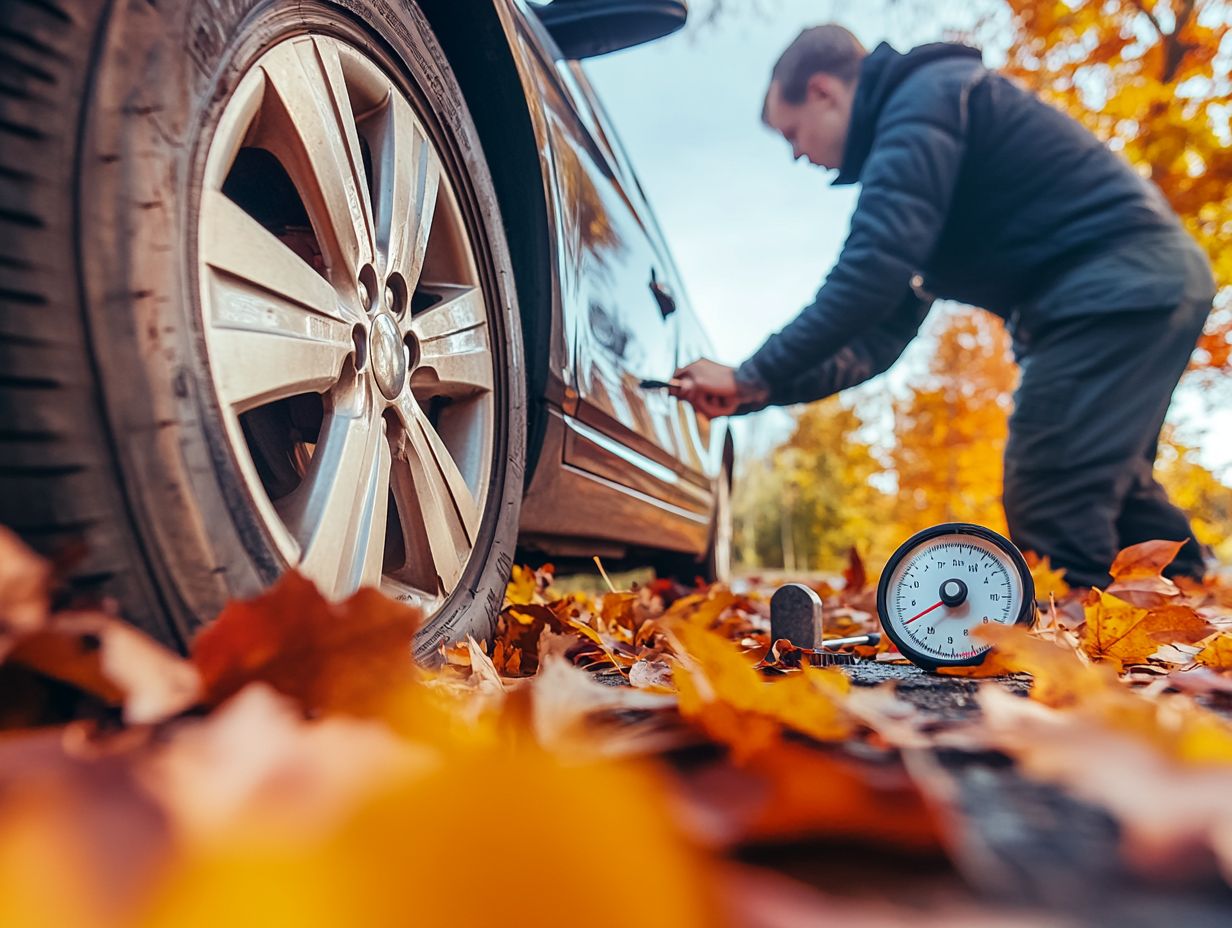
- Regular seasonal inspections are crucial for maintaining your car’s performance and safety.
- Essential tools and materials include a tire gauge, windshield scraper, and fluids such as antifreeze and oil.
- Check the exterior, interior, and under the hood for any potential issues and address them promptly to avoid further damage.
Why Seasonal Inspections are Important
Seasonal inspections are essential for ensuring your vehicle’s performance and safety, especially as you face the challenges that each season brings. To prepare for these changes, consider how to keep your car in top condition year-round, and increase vehicle maintenance as the colder months approach.
The heightened risk of accidents due to icy roads, worn tires, and inefficient heating systems makes it crucial to be proactive. When you check your vehicle regularly, you can ensure that all vital components such as brakes, tires, and fluids are in peak condition.
This not only helps to prevent inconvenient breakdowns but also enhances safety on the road for you and everyone around you.
Impact of Seasonal Changes on Cars
Seasonal changes profoundly impact your vehicle’s performance. Variations in temperature and weather conditions can lead to various mechanical issues. Timely maintenance becomes essential to ensure optimal driving conditions.
For instance, in cold months, tire pressure drops due to lower temperatures, leading to reduced traction and increased tire wear. Meanwhile, hot weather can worsen engine performance; overheating is a common concern as fluids thin out.
Before you set off on that summer road trip, consider a comprehensive inspection that includes examining the brakes, wipers, and battery health. Taking action now can save you from the stress of unexpected breakdowns later!
Preparing for Seasonal Inspections
Preparing for seasonal inspections is crucial to maintain the reliability and safety of your vehicle on the road. Equipping yourself with the right tools and materials can greatly enhance the effectiveness of your car inspection process.
With a thorough check of important parts of your car, like brakes, tires, and fluids, you can ensure everything is in good condition.
Essential Tools and Materials
To conduct a thorough vehicle maintenance check during seasonal inspections, having the right tools and materials is essential. These tools streamline your assessment and help identify potential issues before they escalate.
For example, a tire pressure gauge is a must-have for checking tire inflation levels, which is crucial for optimal fuel efficiency and vehicle safety. Brake fluid testers help you evaluate the quality of brake fluid, preventing brake failures.
An oil change kit is invaluable, allowing you to maintain engine health with quick oil changes necessary for optimal performance. Each of these tools enhances your ability to maintain your vehicle, ensuring a safer and more reliable driving experience.
Exterior Inspection

An exterior inspection is an essential element of vehicle maintenance, focusing on critical components that guarantee safety and visibility on the road, particularly in challenging weather conditions.
Don’t wait! Schedule your seasonal inspection today to keep your vehicle safe and reliable!
Tires, Lights, and Windshield
Inspecting your tires, lights, and windshield is essential for ensuring your vehicle is ready to tackle driving challenges, especially in adverse weather conditions that can compromise road safety.
Regular tire inspection is crucial. It maintains optimal traction and fuel efficiency while also preventing blowouts and skidding.
The condition of your headlights and tail lights directly impacts visibility for both you and other road users. Ensuring they function correctly at all times is vital.
A clear and undamaged windshield enhances your visibility and is important for safety features like airbags (devices that inflate to protect you in a crash) and sensors.
Make it a priority to check regularly:
- Tire pressure and tread depth
- Brightness of your lights
- Windshield for cracks or chips
By prioritizing these checks, you can significantly improve your safety and contribute to a safer driving environment for everyone on the road.
Interior Inspection
Don’t overlook the interior! An interior inspection is just as important as checking the exterior.
This thorough check guarantees that vital features like the dashboard, seats, and air conditioning are all in optimal working order, elevating your driving experience.
Dashboard, Seats, and Air Conditioning
The dashboard, seats, and air conditioning system in your vehicle are essential elements that contribute significantly to your comfort and safety while navigating driving challenges.
Regular inspection of these components is crucial for effective vehicle maintenance. A well-functioning dashboard doesn t just display vital information; it gives you the power to react swiftly to any changes in your vehicle’s performance.
Comfortable, cushioned seats elevate your driving experience, especially on long journeys. A reliable air conditioning system ensures a pleasant cabin atmosphere, even in extreme heat or cold.
Check that your dashboard lights and gauges are working correctly. Ensure that seat adjustments glide smoothly and clean the air conditioner s filters to maintain optimal airflow and efficiency.
These straightforward maintenance practices can dramatically enhance your overall driving experience and extend the lifespan of your vehicle’s features.
Under the Hood Inspection
An under-the-hood inspection is essential for ensuring that your vehicle’s engine and vital fluids are in peak condition.
This routine check directly impacts performance and longevity, especially as the demands of changing seasons come into play.
Engine, Fluids, and Battery
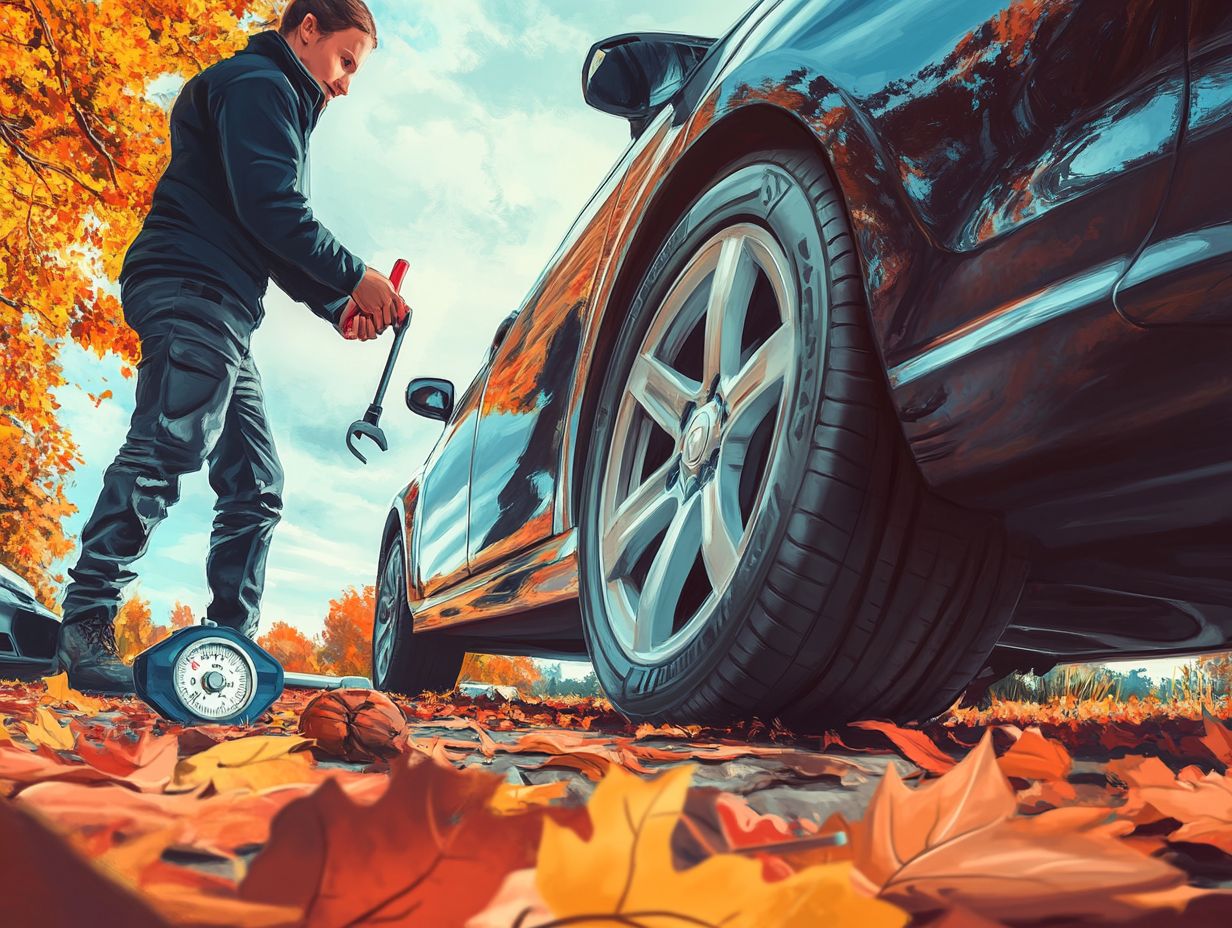
The health of your engine, vehicle fluids (liquids necessary for your vehicle’s operation), and battery is crucial for reliable performance.
Regular checks help you spot early signs of wear or issues and significantly enhance your vehicle’s longevity.
Keeping a close eye on fluids like coolant (the liquid that prevents your engine from overheating) and oil is essential. They lubricate and regulate temperatures within the engine, preventing overheating or excessive friction.
As colder months approach, maintaining your battery’s condition becomes even more vital, as battery efficiency tends to dip. Ensuring that connections are clean and the battery is charged can make a noticeable difference in how easily your engine starts.
By adopting a proactive maintenance routine, you can enjoy safer, smoother driving experiences and steer clear of unexpected breakdowns.
Common Issues and How to Address Them
Identifying and addressing common issues that arise with seasonal changes is crucial for maintaining your vehicle’s performance and safety.
Given the driving challenges posed by adverse weather conditions, it’s important to stay proactive and ensure your vehicle is ready to handle whatever Mother Nature throws your way.
Take charge of your vehicle s health today!
Identifying and Fixing Problems
Identifying and addressing issues in your vehicle as the seasons change can save you both time and money. It also ensures a safer driving experience amid various challenges on the road.
As the climate shifts, your vehicle endures different stresses. This makes it crucial for you to remain vigilant. Regular inspections can help uncover minor issues before they snowball into costly repairs.
Be sure to check your fluids, tire pressure, and battery health consistently. Pay attention to unusual sounds and warning lights for early indicators of potential problems.
Adopting a systematic approach starting from the exterior and working your way to the engine can help you pinpoint trouble spots efficiently. By addressing these concerns promptly, you not only enhance your vehicle’s longevity but also elevate its performance and reliability.
Regular Maintenance for Seasonal Changes
Regular maintenance is key to ensuring your vehicle can handle the challenges posed by seasonal changes. It plays a vital role in maintaining both reliability and safety on the road throughout the year.
Tips for Keeping Your Car in Top Condition
To keep your car in peak condition year-round, adopt a proactive approach to car care while staying attuned to seasonal changes that could impact performance.
Regular oil changes are essential for ensuring your engine runs smoothly and efficiently, minimizing wear and tear over time. Don t overlook tire inspections either; keep your tires properly inflated and check the tread depth to enhance safety and fuel efficiency.
Routine fluid checks including coolant, brake, and transmission fluids allow you to spot leaks or low levels before they become major issues. Incorporating these straightforward practices helps you avoid unexpected repairs and enjoy a consistently smooth driving experience.
Frequently Asked Questions
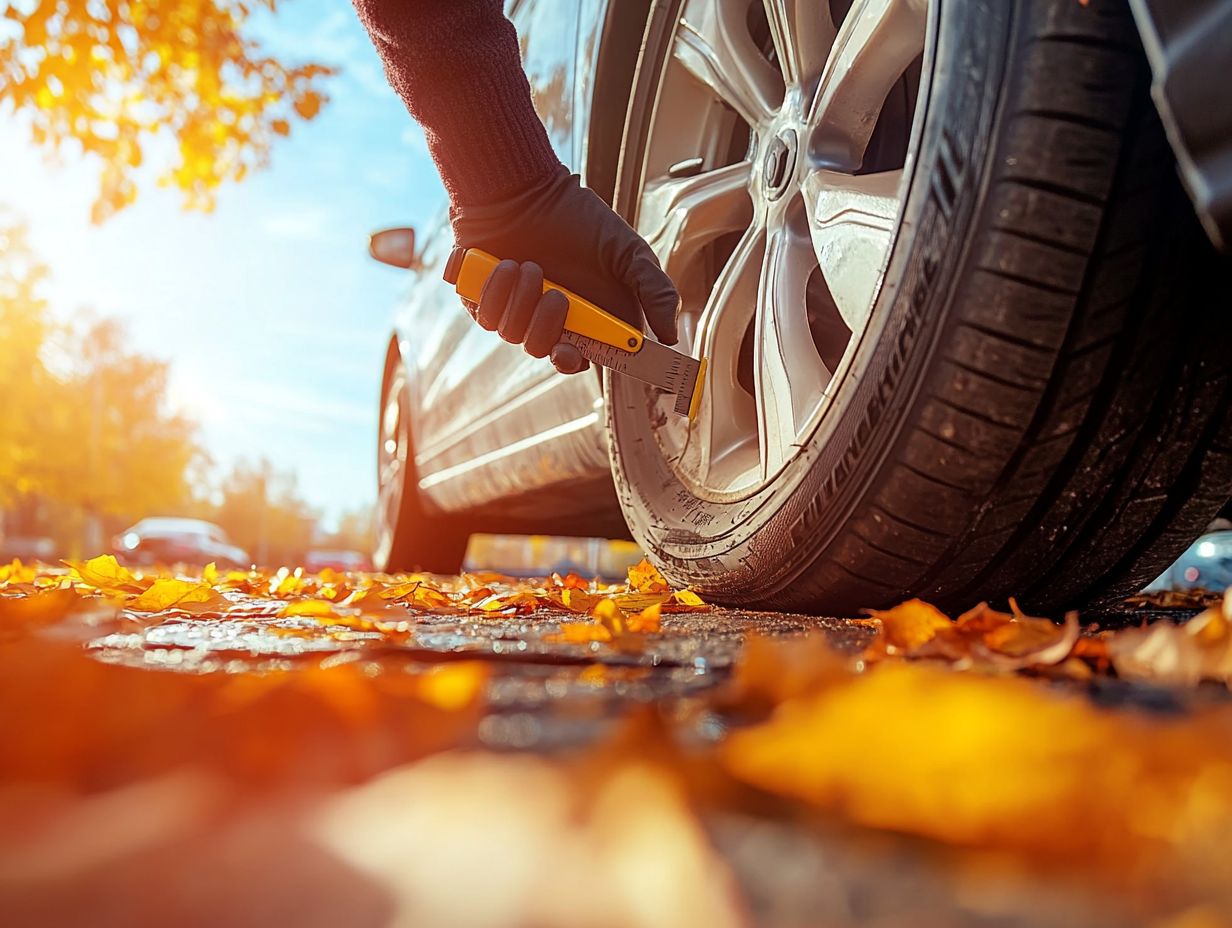
How do seasonal changes affect my car’s performance?
Seasonal changes can significantly impact your car’s performance. Extreme temperatures, precipitation, and road conditions affect how your car operates. To stay ahead, learn how to prepare for seasonal vehicle maintenance and inspect your car regularly to ensure it runs efficiently and safely.
What key areas should I check on my car for seasonal changes?
When inspecting your car for seasonal changes, pay attention to the condition of your tires, brakes, fluid levels, battery, and lights. For a comprehensive approach, refer to the ultimate checklist for seasonal car maintenance, as these components are especially vulnerable and should be checked and maintained regularly.
How often should I inspect my car for seasonal changes?
Make sure to inspect your car at least four times a year once for every season. However, if you live in an area with extreme weather, you may need to inspect your car more frequently.
What steps should I take to prepare my car for winter?
To prepare your car for winter, check your tire pressure and tread depth, replace worn-out windshield wipers, top off all fluids, and ensure your battery is in good condition. It’s also wise to keep a winter emergency kit in your car for unexpected issues while driving.
Can I inspect my car for seasonal changes myself?
While it’s always best to have a professional mechanic inspect your car, you can perform a basic inspection yourself. Familiarize yourself with your car’s owner’s manual and follow the recommended maintenance schedule for seasonal changes.
What are some signs that my car may need a seasonal maintenance check?
If you notice any unusual noises, vibrations, or changes in your car’s performance, it may be time to schedule a seasonal maintenance check. Furthermore, if you live in an area with extreme weather, be proactive and check out this guide on how to maintain your car during winter before each season begins.
Don t wait! Check your car today to ensure a safe driving season ahead.

